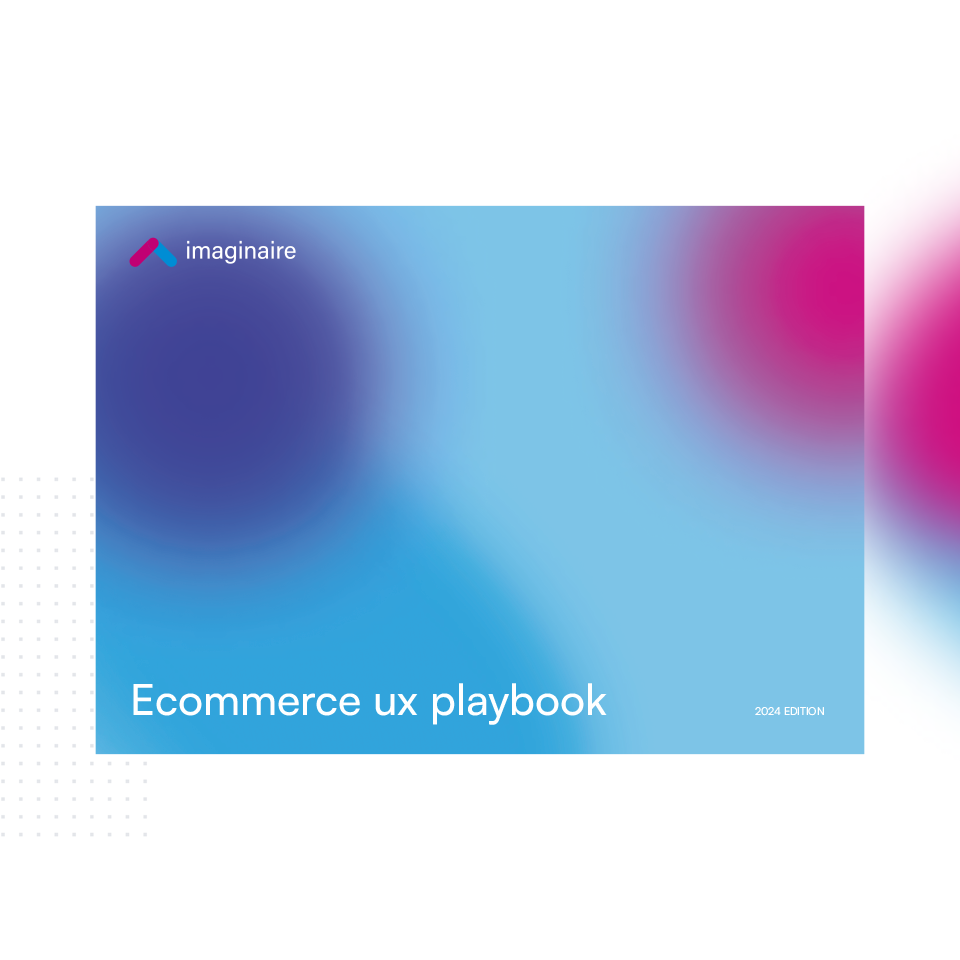Content Management Systems (CMS) are essential tools for website creation. By using a CMS, you can create, edit, and publish content directly without needing any technical training. When most people think of working with a CMS, there are a few big hitters: WordPress, Drupal, and Shopify. And don’t just take my word for it – WordPress itself powers over 40% of the internet. It’s easy to use, great for SEO (search engine optimisation) and has fantastic community support.
However, with the growing demand for more flexible and agile digital experiences, we have seen a new contender emerge in the CMS space: the headless CMS. This article will explore the key differences between traditional and headless CMSs, what is meant by ‘headless’, and help you decide which one is the best fit for your digital content strategy.
What is a traditional CMS, and why are they so popular?
Content Management Systems such as WordPress, are what are known as traditional, or legacy CMS. These CMS are typically built on monolithic architectures – for example including pre-built templates, plugins, and other features that are all tightly interconnected and interdependent.
Traditional CMS are user-friendly, often including WYSIWYG (What You See Is What You Get) editors that allow non-technical users to create and publish content. They are also great for SEO, as they often have built-in tools to help optimise content for search engines.
However, the tightly connected, monolithic architectures of traditional CMSs can limit the flexibility and customisability of the site or app itself – which is where headless CMSs come in.
What is meant by headless?
In simple terms, headless refers to the decoupling of the presentation (front end) layer from the content management system (back end). The head, in this case, is the presentation layer – what you see on screen.
The content management system not having a head means that developers have full flexibility when it comes to working with the presentation layer – we can use any technology stack we like, and access the content through the API provided by the CMS. Some common headless CMS include Contentful and it’s alternatives; Strapi, Experro, GraphCMS, Craft CMS, and Ghost. You can also use WordPress as a headless CMS through its built-in REST API!
Why go headless?
The monolithic aspect of traditional CMSs can be problematic in some cases. Headless CMS shine in their ability to be scaled and customised. This is due to their API-driven approach – the presentation layer can be designed using any framework, meaning that you can take advantage of all the libraries and technologies available that align correctly with your business use case, rather than being forced to work within the traditional CMS-defined architecture. For example, you could begin to work within different architectures, like JAMstack (‘Javascript, APIs, and Markup,’) which offers fast performance, enhanced security, and scalability.
Headless CMS can also be designed to handle large amounts of content by using scalable back-end services, such as cloud-based databases or content delivery networks. Meaning that there is greater flexibility in handling traffic spikes without affecting the performance on the front end. This flexibility and scalability can allow organisations to create a custom site or app that meets their specific needs more efficiently.
When should you avoid headless CMS?
Ultimately, working with headless CMS is much more complex than working with a traditional CMS. You will need developers that are comfortable working on the front end, building out these features, and sourcing third-party solutions. The technical expertise required, along with the time to develop custom features can increase development time and costs. This technical requirement can also extend to working with content in a headless CMS. User interfaces tend to be more limited, meaning that non-technical users may struggle when managing content. This can present issues if your site will be managed by a non-technical staff in-house.
Final Thoughts
Whether or not you should use a headless CMS over a traditional CMS will depend upon your business use case. If your site is going to be heavily content-focused – with blogs, case studies, e-commerce, etc., then perhaps it is best to stick with a traditional CMS as this allows non-technical users to get involved in creating content. However, if you want to create a more agile site or app that is easily scalable and fully customisable, then a headless CMS is easily the better option.
